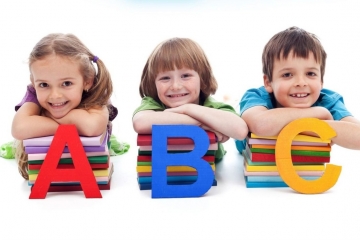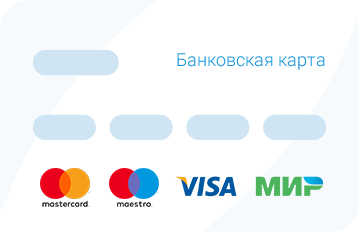
Reading is a great way to explore our mazing world, and young learners have plenty of opportunities to do it through books. Millions of stories, fairy tales, novels, audiobooks will engage a child, boost the interest in developing reading skills and broaden their vocabulary.
We gave created a list with four points aimed to help you find the right books for your child:
1. Short stories with colouring books
Such books are a great choice for beginners. There are simple sentences containing about 3-5 words at the beginning and reaching 10 by the end. 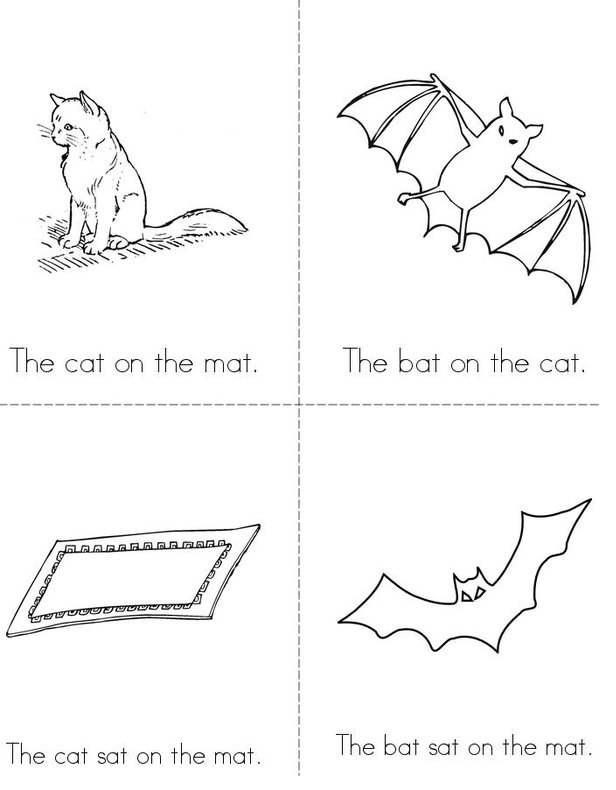
The focus of attention is on phonetics, so these stories center on working on a certain sound. For example, in the stories Jennifer Cooper-Trent (The Cat on the Mat, The Pet in a Jet, etc.) a child gets to know the main character through drawing, and only after that through simple sentences:
"The cat. The fat rat. The fat rat sat on a mat. The fat cat sat on a mat."
2. Books for practising elementary reading skills
The Phonic Readers collection from Useborn is an excellent choice for this purpose. You come across main characters of these books in different stories, and a child gets to know them through simple stories which include practising reading of several sounds / letter combinations at once.
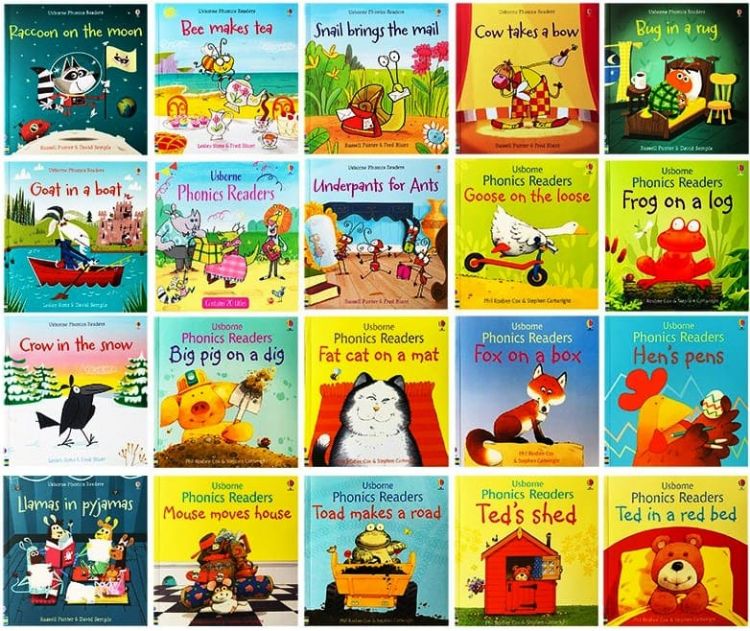
For instance, while reading the story Shark in the park, we immediately pay attention to the letter combination ‘sh’.
There are a lot of examples within one story.
"There's a shark in the park! It has a sharp pointy fin!"
Our school has a special full course on reading books from the Phonic Readers collection, and it contains not only the stories, but also educational videos and a video-story voiced by a native speaker.
During the class a child revises reading rules through songs and videos, reads and talks about the story, does interactive tasks , and gets the video story from a native speaker as a hometask to practise what’s been learnt.
Books with video stories
Voiced stories, both audio and video ones, will allow a child to check correctness of their reading. Of course, they first have to read the story on their own, try to remember reading rules and overcome difficulties, and then they can just relax and listen to the story.
What makes video stories a great tool is that while we listen to the voiced sentences the written text appears at the bottom using animation. This way a child involuntarily reread the story, pays attention to the correct pronunciation and reading of certain letter combinations.
For example, "The Very Hungry Caterpillar" will engage a child with a story about the life cycle of a butterfly. Moreover, the story includes some discussion about food, healthy and unhealthy products, and it gives English names for various fruit. It is easy to read such a book since it is based on repeating key words and phrases.
"On Monday he ate through one apple, but he was still hungry.
On Tuesday he ate through two pears, but he was still hungry."
Another book is "Bear Snores On" is written as poem which makes reading easy yet active at the same time:
"In a cave in the woods,
In his deep, dark lair,
Through the long, cold winter
Sleeps a great brown bear." 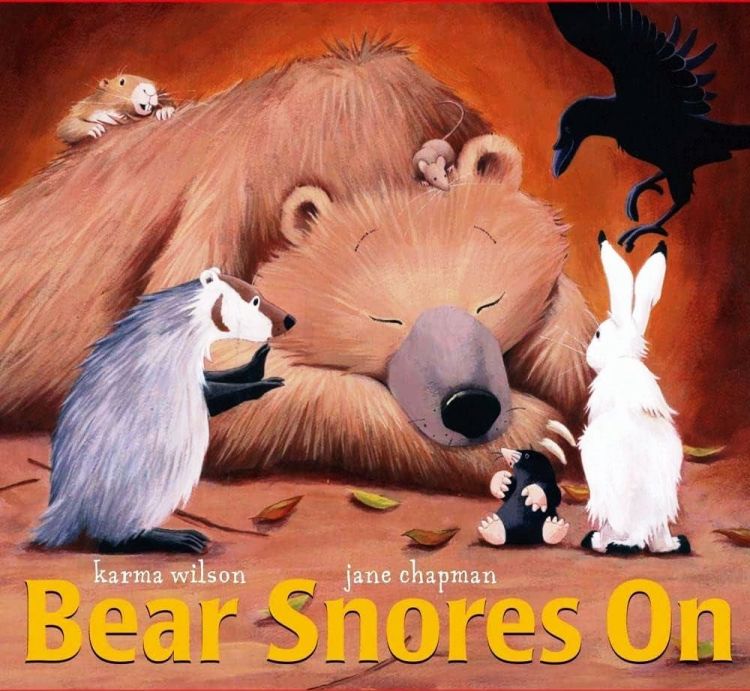
The main character is a bear who is sleeping in his cave while other animals are trying to find their way out of the cold and having fun during winter. What is going to happen when the bear wakes up? You will find it out.
4. Books for those with good reading skills
The "English Club" collection is a great choice for both reading and practising all skills. The books in this collection have short word lists, and after each chapter you will find exercises to practise vocabulary, writing and oral questions. This way you can thoroughly go through each chapter, memorize new words and even start using them in your speech.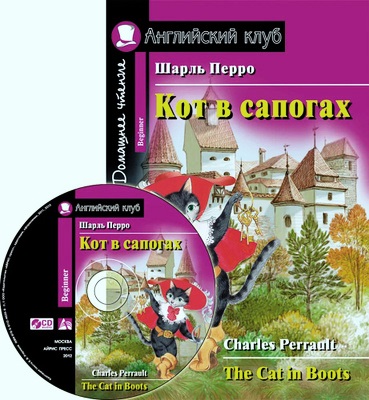
Pay attention to the colour of the books For instance, the violets ones are for beginners, the read ones are for elementary level learners, and the orange ones are for those with pre-intermediate level.
If you want to find out how to teach your child to read in English and understand the sense of the text, follow our blog and click the link below.
We wish you all the best!
And remember that everything is possible, and we at skype-language.com are here to help you reach your goal!











